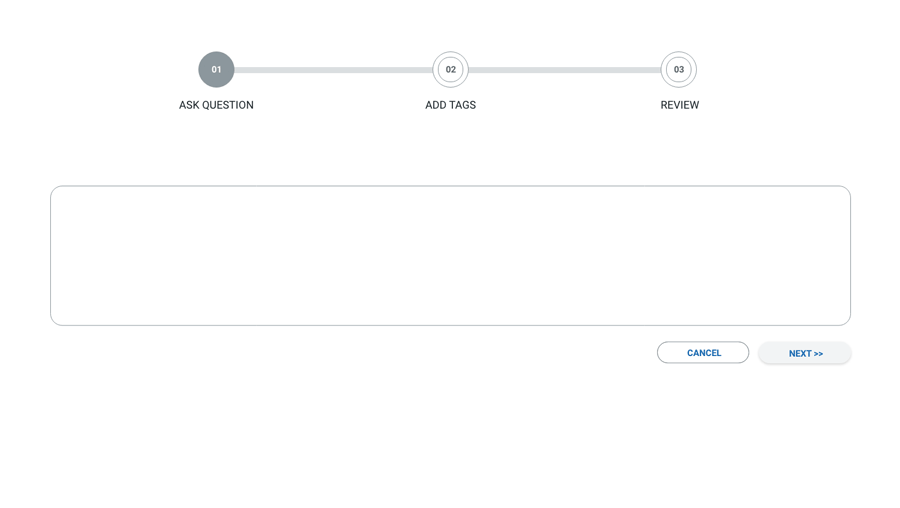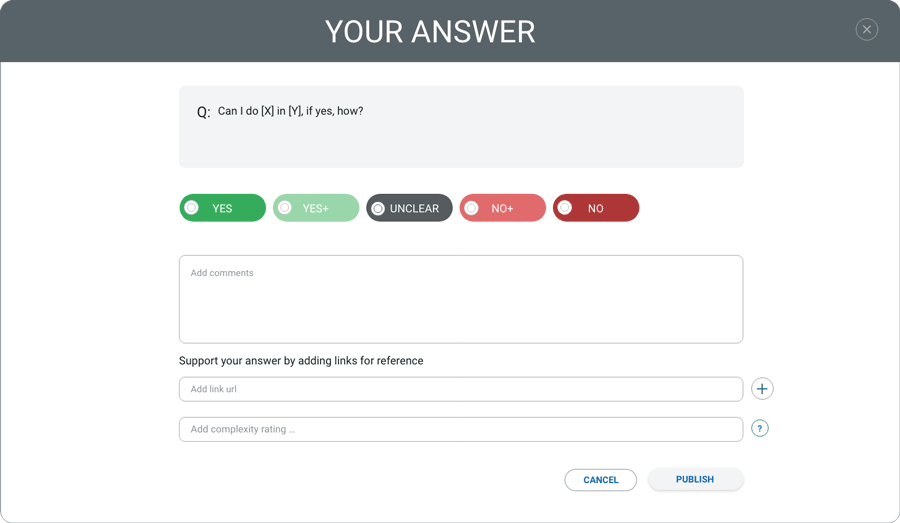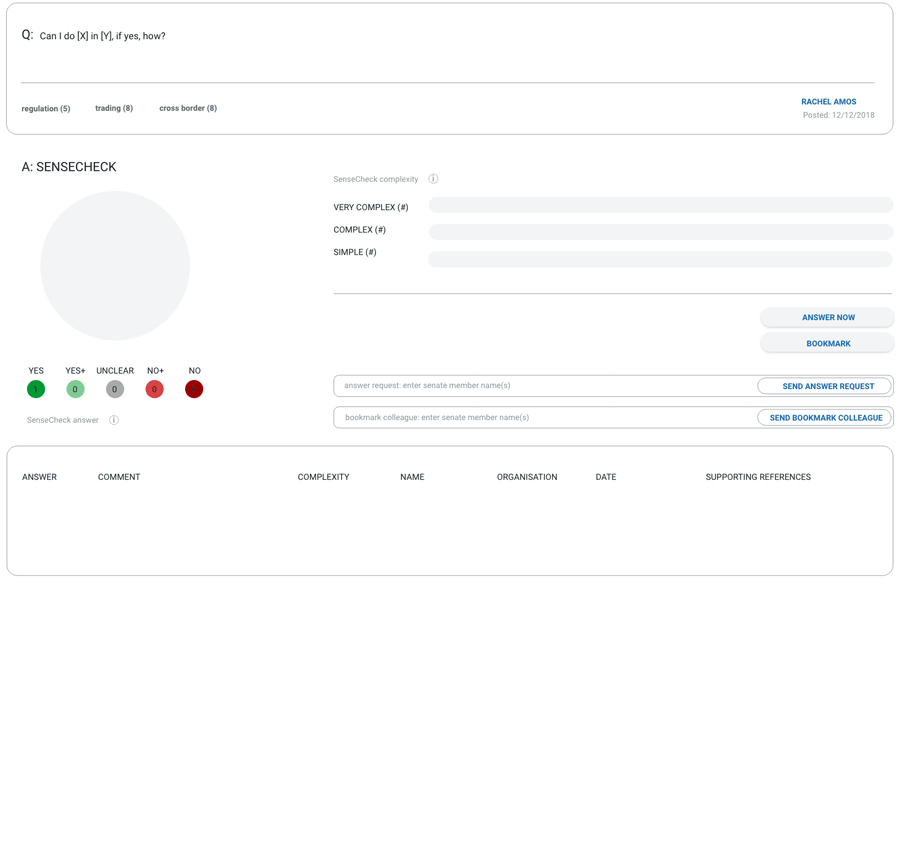Can you explain the best gross margin performance I should target before I raise my Seed round?
A: SenseCheck

- 1 Yes
- 0 No
- 0 Other
- 14 Aug 2025
-
Yes
|
Complex
Formula
Gross Margin (%) = Revenue / (Cost of Goods Sold (COGS) / Revenue) ×100
Gross Margin (%) = (Total sales revenue minus the direct costs of producing or delivering what you sell)
divided by total sales revenue, then multiplied by 100 to get a percentage.Example in words:
If you sell R100 worth of product, and it costs you R40 in materials and delivery to make it happen, your gross margin is (R100 minus R40) divided by R100, times 100 = 60%.
Revenue = total sales.
COGS (Cost of Goods Sold) = only the costs directly tied to making or delivering what you sell.
For example:Tech startup: cloud hosting, payment processing fees, customer support staff.
Physical product: manufacturing, packaging, shipping.
Service: staff wages for service delivery, subcontractor costs.
Example — Nigerian SaaS startup
Revenue: $10,000 in one month.
COGS: $2,500 (AWS hosting $800, payment processor fees $500, customer support staff $1,200).
Gross Margin=10,000−2,50010,000×100=75%\text{Gross Margin} = \frac{10{,}000 - 2{,}500}{10{,}000} \times 100 = 75\%Gross Margin=10,00010,000−2,500×100=75%
This means you keep $0.75 from every $1 of sales before paying for marketing, rent, or other overhead.
Why it matters
Investors use gross margin to judge pricing power and scalability.
A high gross margin means each sale leaves you with more money to cover fixed costs and grow.
A low gross margin means you need massive sales volume to be profitable — which is riskier.Investor expectations for tech in emerging markets
Most Seed investors — especially in Africa — are still looking for SaaS or tech-enabled gross margins in the 60–80%+ range.
60–70% is the minimum viable to show you can scale without eroding profits.
>70% is where you look more investable, because it suggests pricing power and relatively low variable costs.
For pure software/SaaS, 75–90% is ideal, even in early stage.
For marketplaces or e-commerce, 20–40% is more common — but you’ll need a strong growth story to offset the lower margin.
How this plays in South Africa or Nigeria
South Africa: Investors tend to compare to global SaaS/e-commerce peers but will allow slightly lower margins if logistics or fintech rails are more expensive locally.
Nigeria: Investors are very aware of high payment processing costs, unreliable supply chains, and customer acquisition challenges. Hitting 60–70% gross margin early is a strong signal you’ve got efficiency despite the environment.
Why margins matter so much at Seed
At Seed, you don’t have huge scale yet — so your gross margin is often the clearest sign of a viable business model.
High margins show that growth will eventually produce cash, not just burn capital.
Low margins at this stage can scare off investors unless you show a credible path to improve them quickly.
Rule of thumb before raising Seed in these markets
If SaaS / pure software: Target >70% and aim for 75–80% as early as possible.
If marketplace / platform: Target 40–50% at minimum — higher if possible through service fees or premium features.
If tech-enabled services: Target 60–70% to signal efficiency.





|
Comment